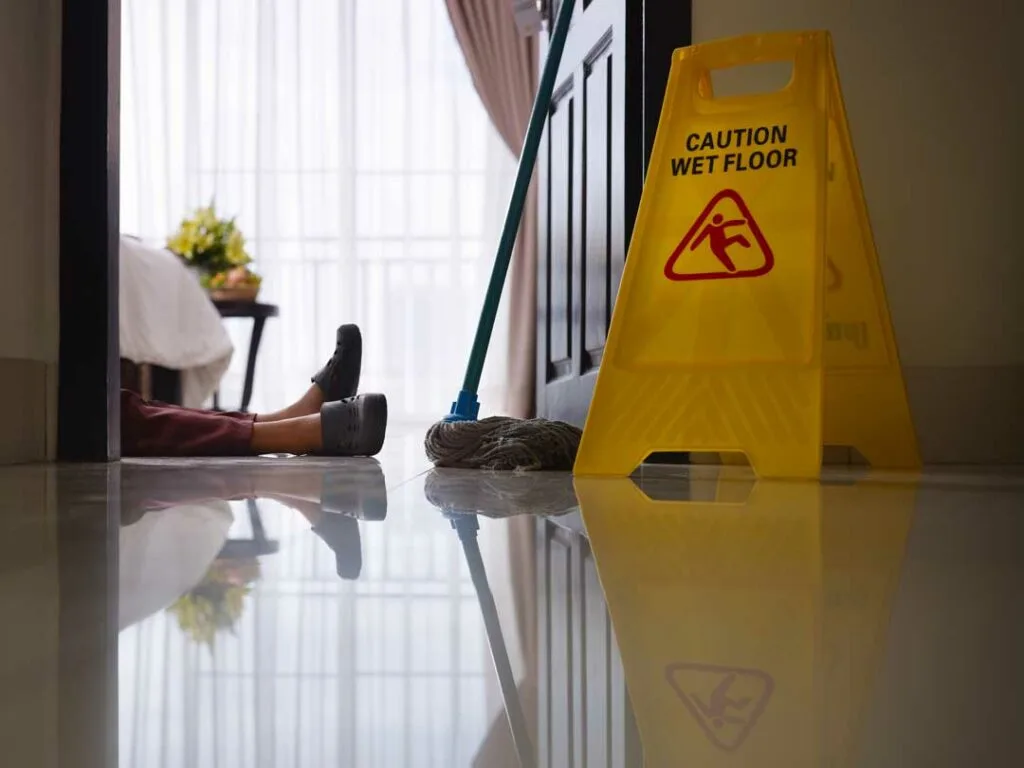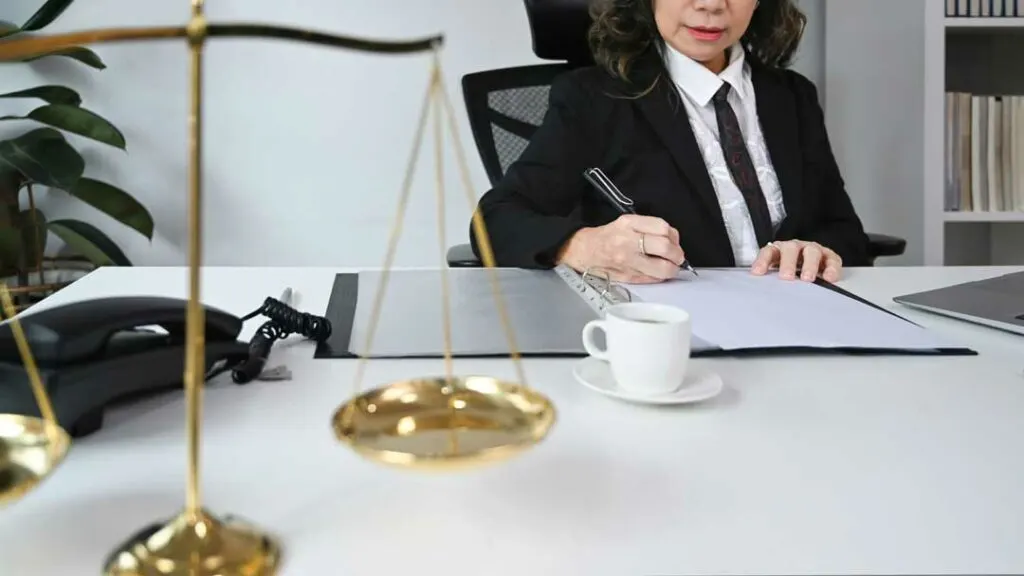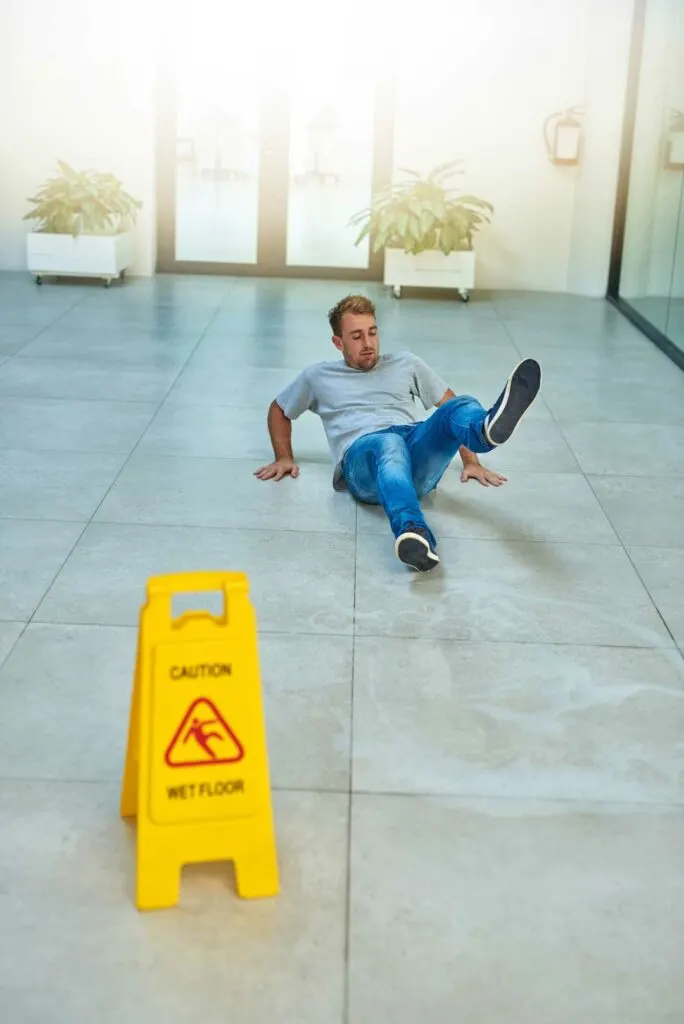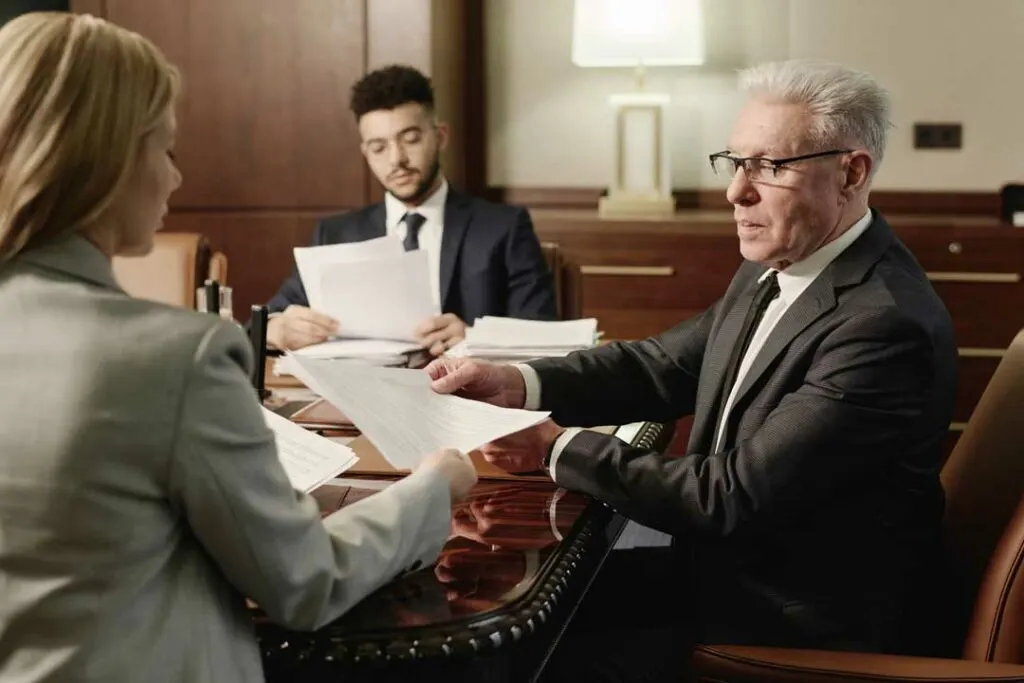Slip and fall accidents can cause serious injuries. Learn how to prevent them and protect yourself in the workplace.

Slip-and-fall accidents happen when someone loses their balance because of slippery floors, uneven ground, or obstacles in the way. While they might seem minor, they can lead to serious injuries like broken bones, sprains, or even head trauma.
That’s why both employers and workers need to know how to prevent them and what to do if they happen.
Guidelines for Preventing Workplace Slip-and-Fall Accidents

The first step to avoiding these accidents is keeping the workplace safe. Here are simple steps to follow:
Keep Work Areas Clean and Dry
Spills, clutter, and debris are some of the biggest causes of slips and trips. It’s important to clean up messes right away instead of waiting. Keeping workspaces organized and tidy can also make a huge difference.
In areas that often get wet, like kitchens or building entrances, mats and drying tools are great for improving safety. These small steps go a long way in preventing unnecessary accidents.
Make Sure There’s Good Lighting
Without proper lighting, it can be hard to see hazards like wet spots, uneven surfaces, or clutter. Bright lights in high-traffic areas, such as hallways and stairwells, help workers and visitors spot problems more easily.
Motion-activated lights can be helpful in spaces that don’t get used often. By ensuring good lighting, you’re taking a simple but effective step toward a safer workplace.
Use Slip-Resistant Flooring
Some areas, like kitchens, bathrooms, or entryways, often have wet or slippery floors. To make them safer, use slip-resistant flooring, such as textured tiles or mats.

You can also apply anti-slip coatings to smooth surfaces. These simple steps help create better traction and reduce the chance of accidents, even when the floor is wet.
Put Up Warning Signs
If there’s a spill, wet floor, or any other hazard, putting up a warning sign immediately is essential.
Bright, eye-catching markers can alert people to be careful and avoid the area. It’s a simple and cost-effective way to reduce risks while waiting for the problem to be resolved.
Signs are especially useful in workplaces with heavy foot traffic.
Encourage Safe Footwear
In jobs where floors can get slippery, like warehouses or restaurants, proper footwear is key. Slip-resistant shoes are designed to give better grip on slick surfaces.
Employers can make this easier by recommending specific brands or even providing subsidies for safety footwear. Wearing the right shoes can make all the difference when it comes to preventing falls.
Train Employees on Safety

Safety training is one of the best ways to reduce workplace accidents. Employees should be taught how to spot hazards, clean up spills, and report problems quickly.
Regular training sessions or workshops can keep everyone up to date on best practices. When workers understand what to look out for, they can take proactive steps to keep the workplace safe.
Check Stairs and Ladders
Stairs and ladders can be risky, but a few quick checks can help keep everyone safe. For stairs, make sure the handrails are strong and the steps are even and in good condition.
When using ladders, always check that they are stable before climbing and keep three points of contact at all times, such as two hands and one foot. These simple steps can help prevent accidents.
Use Fall Protection Gear
When employees work at heights, fall protection equipment is a must. Harnesses, guardrails, and safety nets are all tools that can prevent serious injuries.
Employers need to provide this gear and make sure it’s used properly. Regular inspections of the equipment can also ensure it stays in good condition and continues to offer the protection workers need.
Following these steps can make a big difference in keeping workplaces safe and preventing costly injuries.
Proving Liability in a Workplace Slip-and-Fall Accident
If an accident happens, figuring out who is responsible is very important. Usually, it’s the employer’s duty to keep the workplace safe, but there are specific factors to consider.

Who Is Responsible?
Employers are expected to keep their spaces safe, inspect for hazards, and fix problems quickly. If they don’t do this and someone gets hurt, they might be held responsible.
Proving Negligence
To prove negligence, the injured person needs to show:
- There was a hazard.
- The employer knew or should have known about it.
- The employer didn’t fix it or warn people about it.
For example, if a spill is left on the floor for hours without being cleaned up, that’s negligence.
Collecting Evidence
Good evidence can make or break a case. Here’s what helps:

- Photos of where the accident happened.
- Statements from witnesses.
- Cleaning or maintenance records.
- Medical records showing the injuries.
Reporting the accident right away and documenting everything is very important.
Shared Responsibility
Sometimes, the injured person might also be partly at fault. Maybe they were wearing unsafe shoes or ignored warning signs. In these cases, the responsibility is shared, and compensation might be reduced.
How Injury Lawyers Can Help

Dealing with an injury can be stressful, especially if medical bills and time off work are piling up. Injury lawyers can help by making sure victims get the compensation they deserve.
What Do Injury Lawyers Do?
- Evaluate the Case: They look at what happened and decide if there’s a strong claim.
- Collect Evidence: Lawyers know exactly what kind of proof is needed to show negligence.
- Negotiate Settlements: Most cases don’t go to court. Lawyers can negotiate fair compensation for medical costs, lost wages, and pain.
- Go to Court: If needed, a lawyer will represent you in court and fight for your rights.
Finding the Right Lawyer
It’s important to find a lawyer with experience in workplace slip-and-fall cases. Look for someone with a good track record and knowledge of the laws that apply. Many lawyers offer free consultations, so you can discuss your case without worrying about upfront costs.
If you need help after a slip-and-fall, let DiBella Law Office take care of your case. As a top-rated Boston personal injury lawyer, they offer free consultations and operate on a no-win, no-pay basis. With years of experience, they know how to fight for the compensation you deserve.
When to Call a Lawyer
The sooner, the better. Contacting a lawyer right after an accident helps preserve evidence and meet deadlines for claims. Early legal help also prevents employers or insurance companies from taking advantage of the situation.
Frequently Asked Questions
Common reasons include wet floors, poor lighting, clutter, and uneven surfaces. Regular cleaning and proper maintenance can help prevent these.
Yes, if they ignored safety rules, wore the wrong shoes, or didn’t pay attention to warning signs, they might share some responsibility.
Compensation often covers medical bills, lost income, and pain and suffering. How much you get depends on the severity of your injuries and the details of your case.
Avoiding Slip and Fall Accidents: Safety Tips for the Workplace
Preventing accidents is everyone’s responsibility, but when they happen, knowing your rights can make all the difference. Follow safety guidelines, and don’t hesitate to seek legal advice if you need it.

Preventing slip and fall accidents requires a combined effort from both employers and employees. By following safety guidelines, maintaining a safe work environment, and staying informed about your rights, you can minimize risks and ensure a safer workplace for everyone. If an accident does occur, remember that resources and legal assistance are available to help you navigate the process and protect your well-being.
Together, employers and workers can create safer workplaces and handle accidents responsibly.

Jessi is the creative mind behind The Coffee Mom, a popular blog that combines parenting advice, travel tips, and a love for all things Disney. As a trusted Disney influencer and passionate storyteller, Jessi’s authentic insights and relatable content resonate with readers worldwide.
